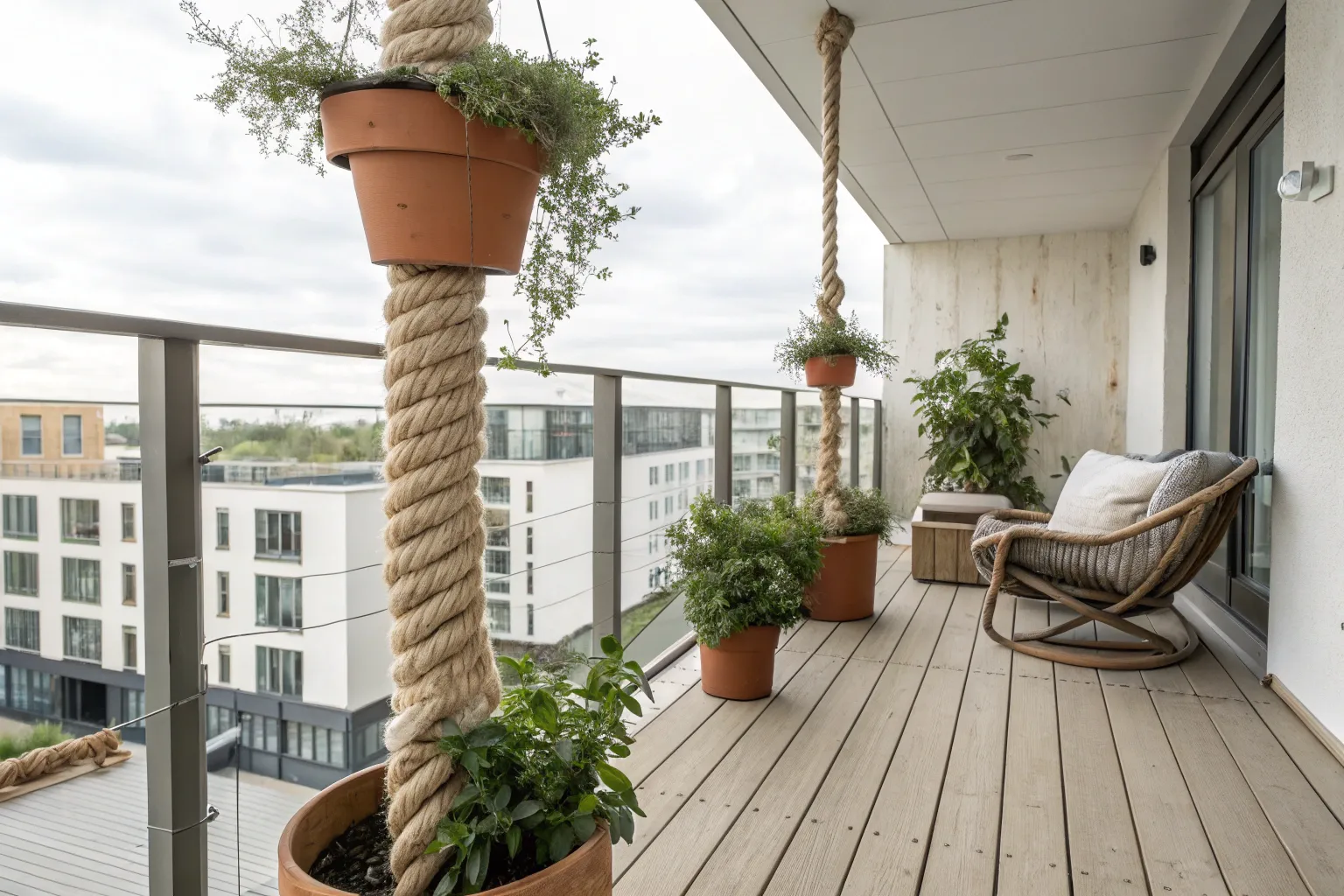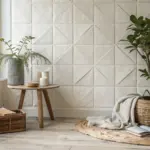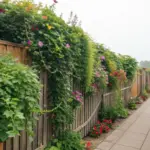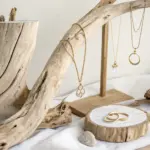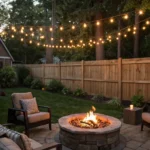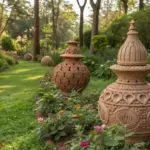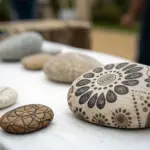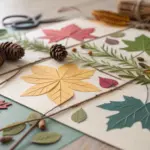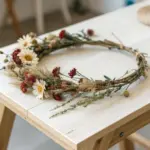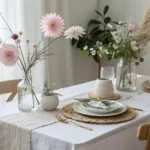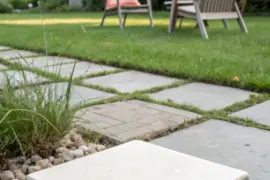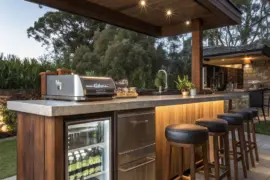Transform your balcony into a sophisticated coastal retreat with a rope-wrapped support pole adorned with elegant hanging clay planters. This project combines natural textures with vertical gardening principles to create a stunning focal point that maximizes both aesthetic appeal and growing space.
Why Choose This Design Approach
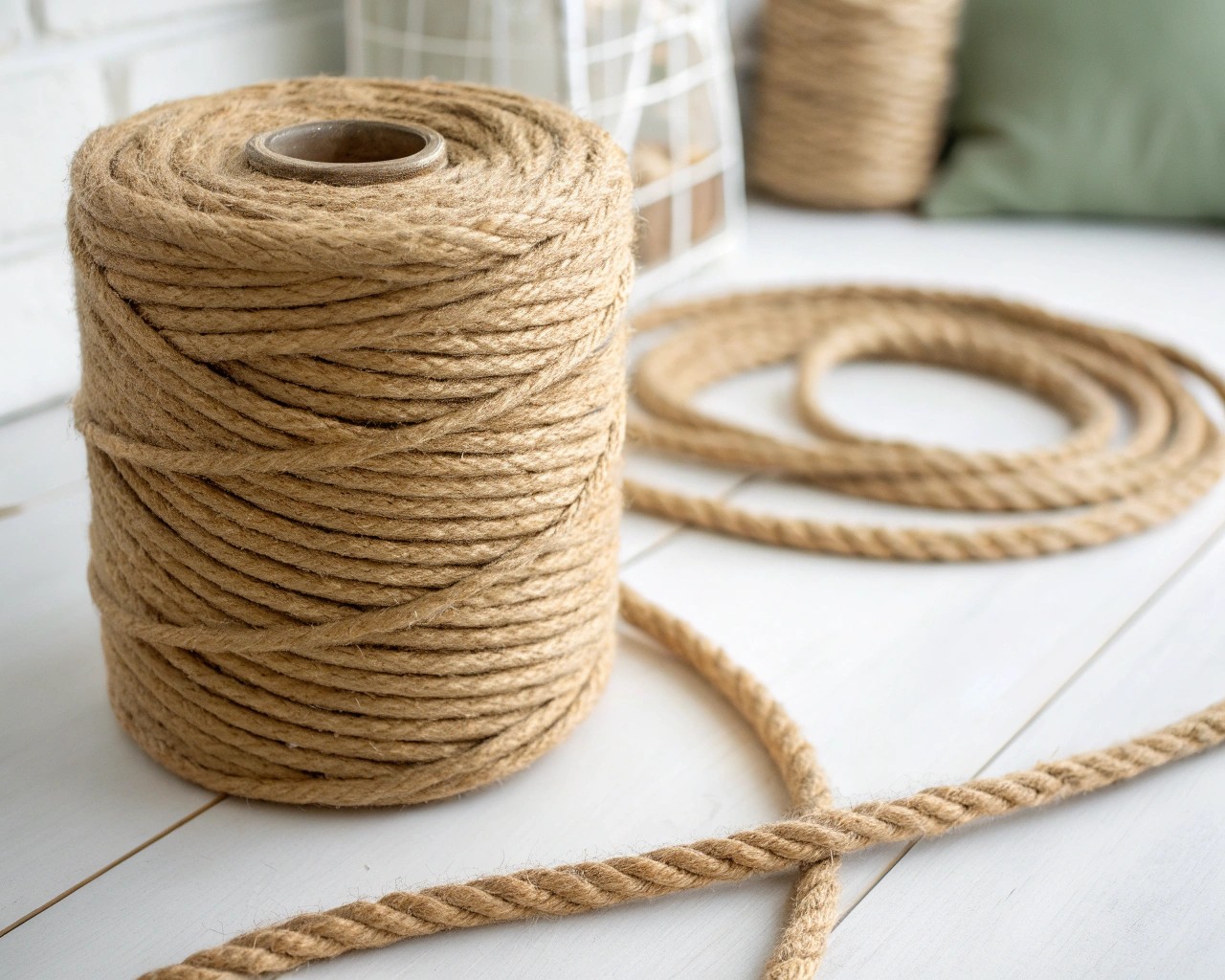
The rope-wrapped pole serves multiple functions beyond pure aesthetics. First, it provides textural contrast against smooth balcony surfaces like glass, metal, or concrete. Second, the natural fiber creates grip points for hanging accessories at various heights. Third, rope wrapping protects underlying pole materials from weather exposure while adding insulation properties.
I’ve found that this technique works exceptionally well in urban environments where harsh surfaces dominate. The organic rope texture softens architectural lines while the hanging clay elements introduce living color through plants. The vertical arrangement maximizes limited balcony square footage – a critical consideration in apartment living.
Material Selection and Properties
Choosing the Right Rope
Manila rope emerges as the superior choice for this application. Derived from abaca plant fibers, it offers exceptional durability and weather resistance compared to other natural options. Manila’s natural oils provide inherent moisture protection, though it will shrink approximately 10-15% when wet – a factor to account for during installation.
For balcony applications, select 1-inch to 1.5-inch diameter manila rope. This size provides substantial visual impact while remaining manageable during installation. The coarser texture also creates better grip points for hanging hardware.
Synthetic alternatives like polyhemp or promanila offer superior weather resistance but lack the authentic nautical aesthetic that makes this project distinctive. However, if your balcony receives intense UV exposure or frequent moisture, synthetic options may prove more durable long-term.
Clay Planter Considerations
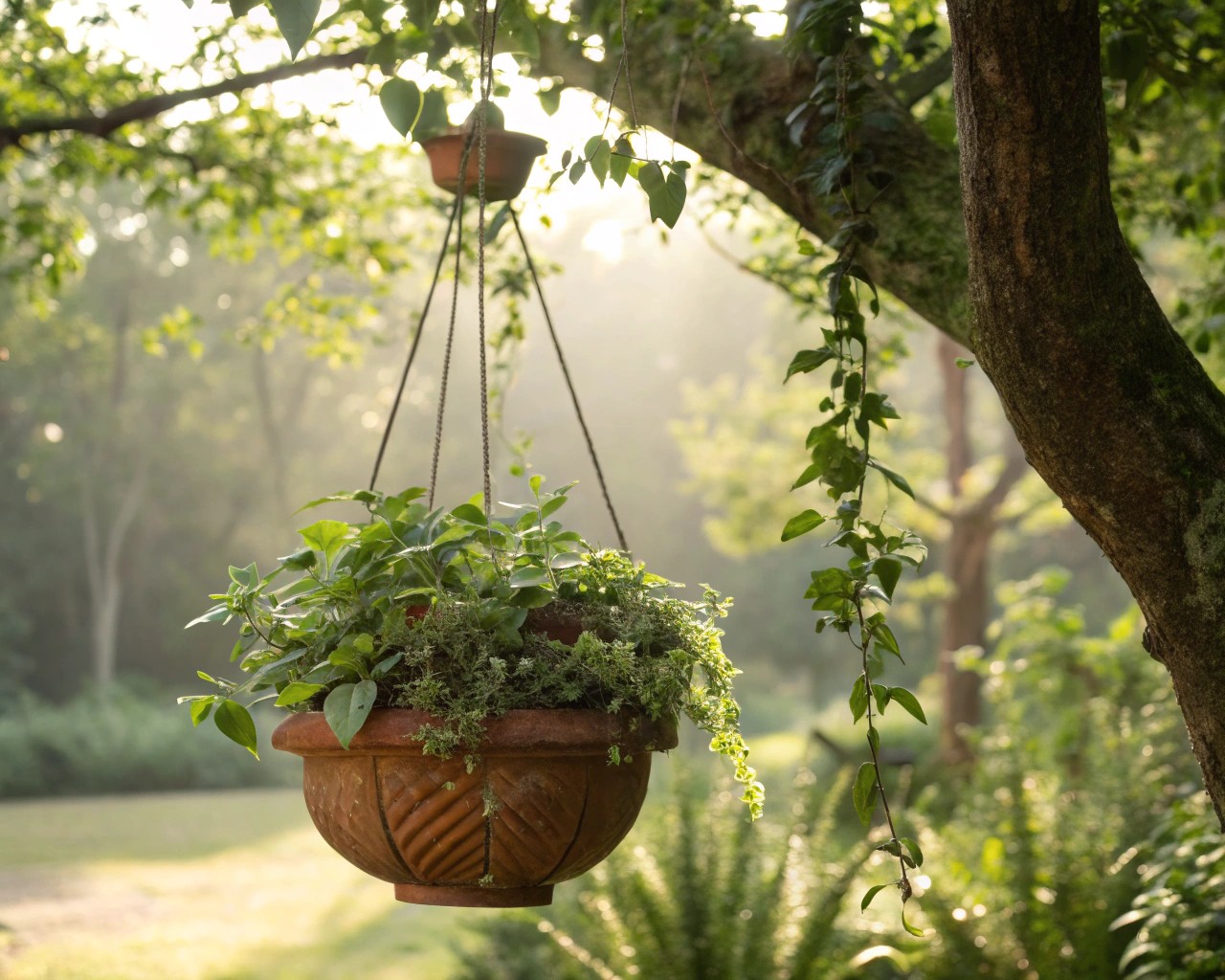
Terracotta remains the gold standard for hanging applications due to its porous nature, which promotes healthy root systems through natural moisture regulation. The material’s thermal properties also protect plant roots from temperature extremes.
For balcony use, select planters with:
- Drainage holes to prevent waterlogging
- Thick walls (minimum 0.5 inches) for durability
- Rounded bottoms that complement rope aesthetics
- 4-8 inch diameters for optimal weight distribution
Planning Your Installation
Measuring and Calculating Materials
Calculate rope requirements using this formula: (Post circumference + rope diameter) × 3.14 × number of wraps
For example, a 6-inch diameter post with 1.5-inch rope requiring 20 wraps:
- Post centerline: 6″ + 1.5″ = 7.5″
- Circumference: 7.5″ × 3.14 = 23.6″
- Total rope needed: 23.6″ × 20 = 472″ (approximately 40 feet)
Add 20% extra to account for knots, adjustments, and manila’s shrinkage properties.
Weight Distribution Assessment
Each hanging clay planter system (pot + soil + plant + water) typically weighs 3-5 pounds. Distribute hangers to prevent stress concentration:
| Pole Height | Maximum Hangers | Vertical Spacing |
|---|---|---|
| 6-8 feet | 3-4 planters | 18-24 inches |
| 8-10 feet | 4-5 planters | 20-24 inches |
| 10+ feet | 5-6 planters | 22-26 inches |
Step-by-Step Wrapping Process
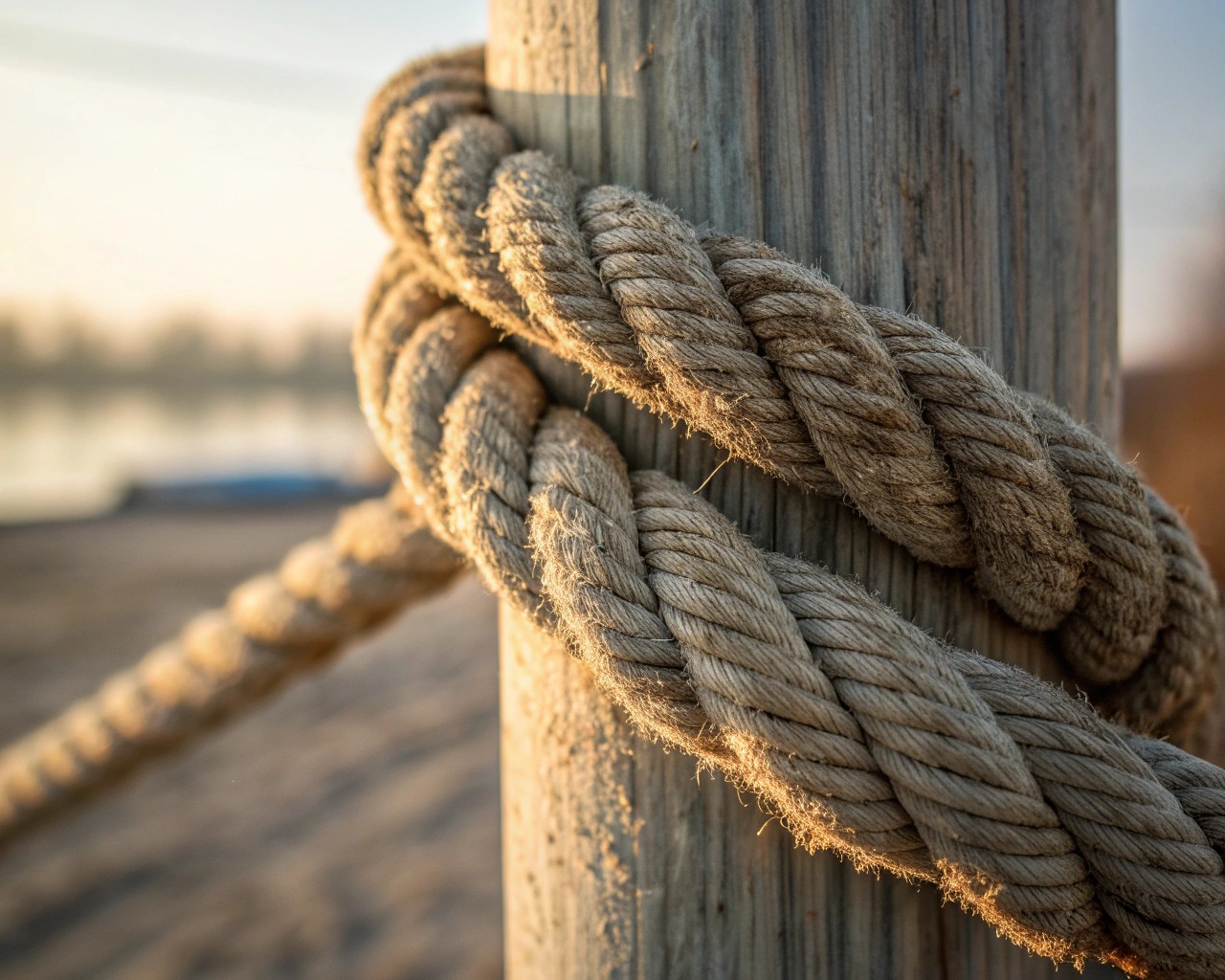
Stage 1: Preparation and Starting Point
Clean the pole surface thoroughly to ensure rope adhesion. For metal poles, light sanding creates better grip. Begin wrapping at the base, leaving 6 inches of rope for the initial securing knot.
Create a constrictor knot at your starting point – this self-tightening knot prevents slippage under tension. Position it on the back side of the pole where it won’t be visible from your primary viewing angle.
Stage 2: Primary Wrapping Technique
Maintain consistent tension while wrapping – tight enough to prevent gaps but not so tight that the rope becomes difficult to manage. Each wrap should contact the previous one without overlapping or leaving spaces.
Pro technique: Mark your stopping points for planter attachment before beginning. Use chalk or removable tape to indicate where you’ll install hanging hardware.
Work in sections of 10-15 wraps, then pause to check alignment and tension. This prevents fatigue-induced inconsistencies that become magnified over long wrapping distances.
Stage 3: Securing and Finishing
End with another constrictor knot, positioned strategically on the pole’s back side. Cut the rope end at a 45-degree angle and seal with a flame to prevent fraying – manila’s natural fibers fuse well when heated carefully.
For extra security, you can drill small pilot holes and insert stainless steel screws through the rope into the pole at key stress points. Position screws beneath rope wraps for invisible reinforcement.
Installing Hanging Clay Accents
Hardware Selection and Placement
Use stainless steel eye screws rated for outdoor use. The screw length should penetrate at least 1.5 inches into solid pole material beyond the rope thickness.
Installation spacing pattern:
- Primary level: 24 inches from ground
- Secondary level: 48 inches from ground
- Tertiary level: 72 inches from ground
This creates visual rhythm while ensuring adequate plant spacing for growth and sunlight access.
Hanging Methods and Safety
Three-point suspension provides optimal stability for clay planters. Use natural fiber cord or thin rope to create triangular support systems that distribute weight evenly.
For each planter:
- 1. Cut three equal lengths of suspension cord (18-24 inches each)
- 2. Tie loops at one end for attachment to the eye screw
- 3. Create a cradle at the bottom to support the planter
- 4. Test weight capacity before adding soil and plants
Safety considerations: Always use appropriate anchoring for your specific pole material. Hollow poles require toggle bolts or similar hardware rated for the expected load.
Plant Selection and Care Guidelines
Optimal Plant Choices
Trailing varieties create the most dramatic visual impact:
- Pothos (low maintenance, tolerates varying light)
- String of Pearls (drought-tolerant succulent)
- Ivy varieties (rapid growth, dense coverage)
- Spider plants (produces plantlets for propagation)
Compact upright options:
- Herbs (basil, thyme, oregano for practical use)
- Small ferns (adds texture variation)
- Succulents (minimal water requirements)
Watering and Maintenance Systems
Hanging planters dry out faster than ground-level containers due to increased air circulation and wind exposure. Install a drip irrigation system or establish a consistent hand-watering routine.
Water management tips:
- Use saucers to protect balcony surfaces from drips
- Group plants with similar water requirements
- Install removable planters for easier maintenance access
- Consider self-watering systems for frequent travelers
Weather Protection and Longevity
Seasonal Maintenance Schedule
Monthly: Inspect rope for fraying, check hardware tightness, adjust plant positions
Quarterly: Deep clean pole and rope, prune plants, rotate planters for even growth
Annually: Replace rope if showing wear, update hardware as needed, refresh planter soil
Winter Preparations
In climates with freezing temperatures, remove clay planters to prevent cracking. Store them indoors or in protected areas. The rope wrapping can remain year-round, though manila may darken and develop patina – many consider this an attractive aging characteristic.
Cold weather options:
- Wrap planters in burlap for insulation
- Use frost-protection cloth over entire arrangement
- Replace clay with resin planters for freeze-thaw resistance
- Move tender plants indoors, leaving hardy varieties outside
Troubleshooting Common Issues
Rope Maintenance Problems
Fraying ends: Seal immediately with flame treatment or liquid rope sealant
Loosening wraps: Tighten incrementally rather than re-wrapping entire sections
Weather staining: Light sanding restores manila’s original color
Mildew growth: Improve air circulation, treat with mild bleach solution
Structural Concerns
Sagging planters: Redistribute weight, check eye screw installation depth
Pole movement: Verify base anchoring, consider guy-wire stabilization
Hardware corrosion: Replace with marine-grade stainless steel components
This rope-wrapped pole with hanging clay accents creates a sophisticated balcony feature that combines practical gardening space with nautical-inspired design. The natural materials age gracefully, developing character while providing years of functional beauty in your outdoor living space.

